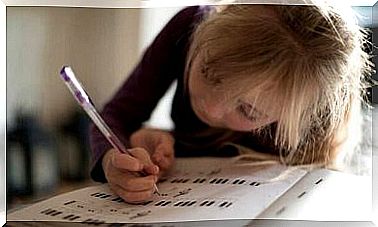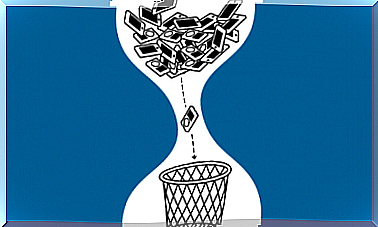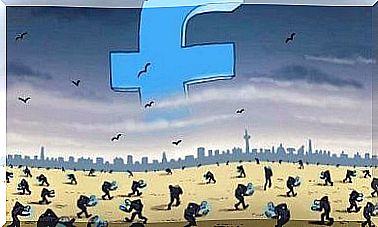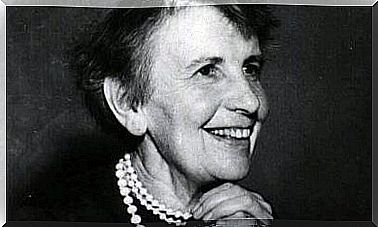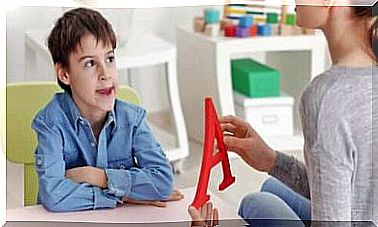The Broken Windows Theory
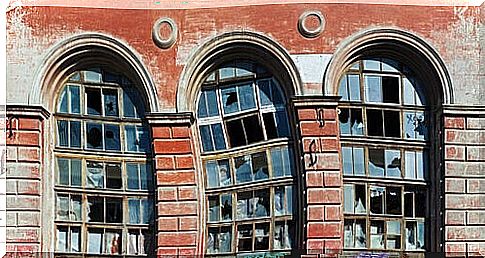
The broken window theory tells us that the surrounding damage and gaps create the feeling that the law does not exist. And, when there is no law, you can do whatever you want. When there are no rules, all behavior is acceptable, including vandalism or destruction of material property.
Imagine you are smoking on the street. You are finishing your cigarette. Where to throw the butt? If you’re on a clean street without a single piece of trash on the floor, you’re probably going to throw it in the nearest trash can. On the contrary, if the street is full of cigarette butts, you won’t even bother to approach the wastebasket. You will throw the butt directly on the ground. At least that’s what the studies tell us.
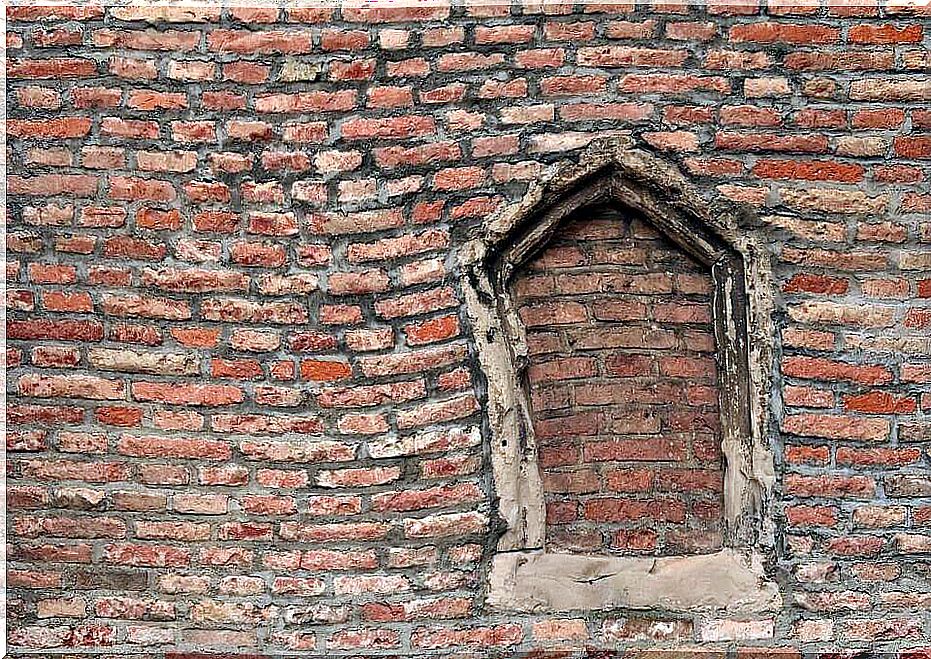
Broken windows of a car
Professor Phillip Zimbardo, author of one of the best-known experiments in social psychology, that of Stanford Prison, carried out another equally valid but less well-known experiment. The experiment consisted of leaving two abandoned cars in the street. The only difference was that one car was located in a troubled neighborhood, in a poor area of the city, and the other car was on a street in a wealthy neighborhood.
What happened to the cars? What one would expect. The tough neighborhood car was vandalized within hours, while the other car remained intact. The most logical conclusion would be to think that poverty and marginalization are the cause of crime. But no. Professor Zimbardo, suspicious of the evidence, continued to investigate.
The next step was to change the situation of the car. For this, the windows of the car parked in the wealthy district were smashed. What happened ? Exactly the same as what happened with the car left in the inner city. Within hours, both cars were in the same situation.
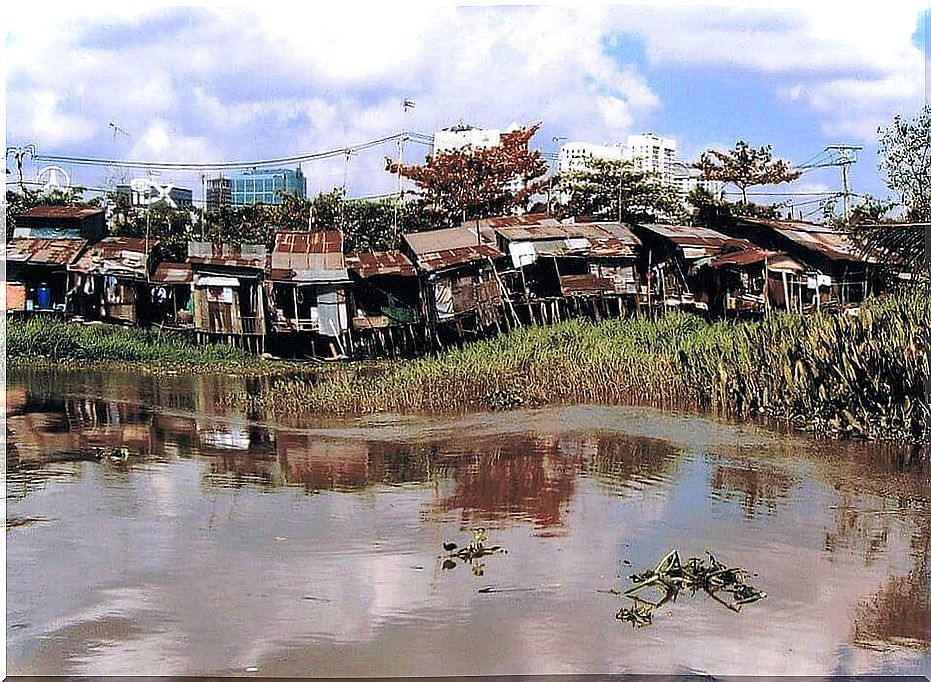
What conclusion to draw ? The results showed that they were confronted with the theory of broken glass. Marginality, at least, was not the only cause of vandalism. The environment also played an important role. The broken glass of the car conveyed an idea of deterioration, disinterest and nonchalance, which created the illusion that there was no law, no norm, no rules. Broken glass, like the condition of the marginal neighborhood, conveyed the feeling that all is well.
The broken windows of the metro
Taking the broken window theory as a starting point, it was decided to put an end to the filth in one of New York’s most dangerous places, the subway. All faults have been corrected. The dirt was cleaned up and even the graffiti was gone. We started to control petty theft and ensure that all metro users pay. The result is that the metro has become a safe place.
Faced with such success, New York City launched a “zero tolerance” policy. For that, all the transgressions of the law were sanctioned and the rules of coexistence restored. Cleanliness and order in the communities were also encouraged. Once again, the result was positive. New York’s crime rate has dropped.
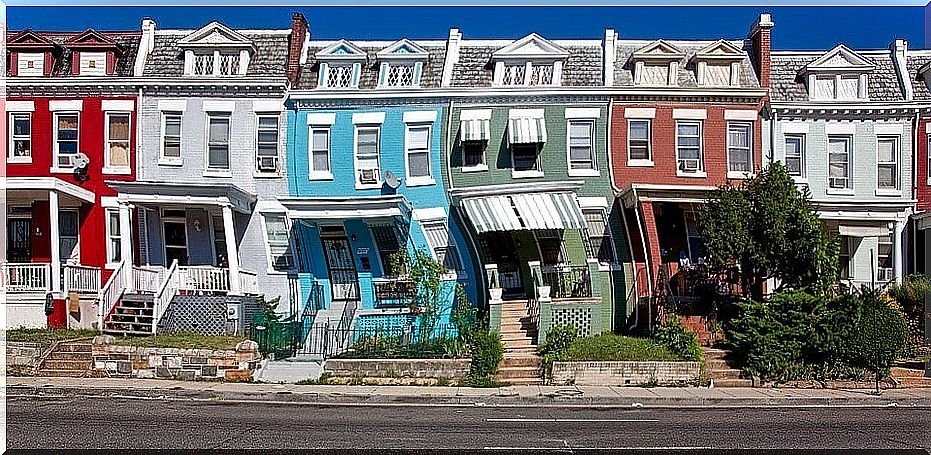
Broken windows at home
As we have just seen, if a window is broken without anyone repairing it, we can guess what will happen to the other windows. If a neighborhood begins to show signs of deterioration, the next stage will be delinquency or vandalism. The environment influences us. Having a clean, flawless setting contributes to better cohabitation between residents. The theory of broken glass also applies to all environments. If the sink for a few days has been filled with dirty dishes …
Small mistakes are likely to become law breakers. Allowing a petty theft to act is the door open to more serious thefts, and even to corruption. Establishing clear rules, clearly explaining what the exceptions are, this can be a solution… if it does not come too late.


